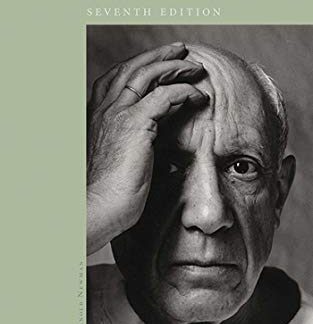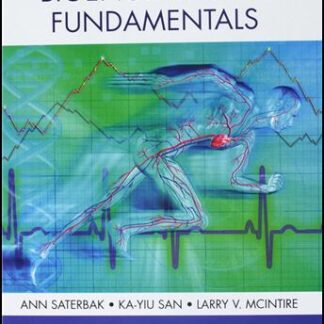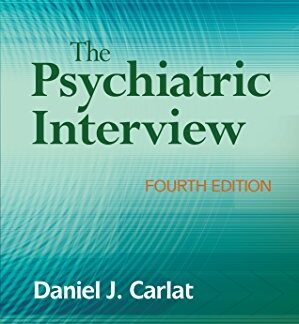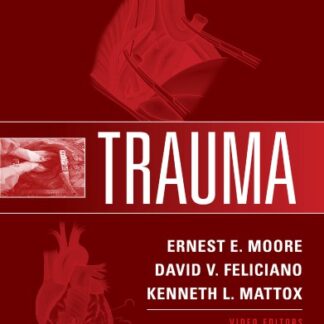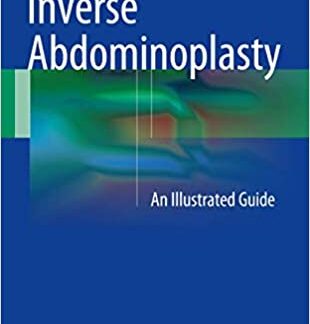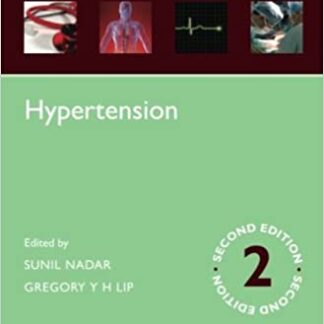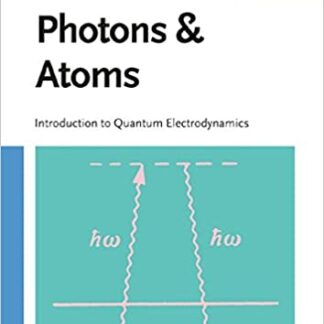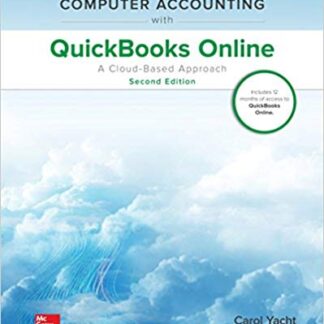Description
Analyzing Grammar: An Introduction by Paul R. Kroeger, ISBN-13: 978-0521016537
[PDF eBook eTextbook]
- Publisher: Cambridge University Press; Illustrated edition (June 20, 2005)
- Language: English
- 384 pages
- ISBN-10: 0521016533
- ISBN-13: 978-0521016537
Analyzing Grammar is a clear introductory textbook on grammatical analysis, designed for students beginning to study the discipline. Covering both syntax (the structure of phrases and sentences) and morphology (the structure of words), it equips them with the tools and methods needed to analyze grammatical patterns in any language. Students are shown how to use standard notational devices such as phrase structure trees and word-formation rules, as well as prose descriptions. Emphasis is placed on comparing the different grammatical systems of the world’s languages, and students are encouraged to practice the analyses through a diverse range of problem sets and exercises. Topics covered include word order, constituency, case, agreement, tense, gender, pronoun systems, inflection, derivation, argument structure and grammatical relations, and a useful glossary provides a clear explanation of each term. Accessibly written and comprehensive, Analyzing Grammar is set to become a key text for all courses in grammatical analysis.
Table of Contents:
Half-title
Title
Copyright
Dedication
Contents
Preface and acknowledgments
List of abbreviations
1 Grammatical form
1.1 Form, meaning, and use
1.2 Aspects of linguistic form
1.3 Grammar as a system of rules
1.4 Conclusion
2 Analyzing word structure
2.1 Identifying meaningful elements
2.1.1 Identifying word meanings
2.1.2 Identifying meaningful elements within words
2.1.3 Summary
2.2 Morphemes
2.2.1 Definition of “morpheme”
2.2.2 Different kinds of morphemes
2.3 Representing word structure
2.4 Analyzing position classes
2.5 A typology of word structure
Notes
3 Constituent structure
3.1 Ambiguity
3.2 Constituency
3.3 Hierarchy
3.4 Syntactic categories
3.4.1 Word-level (lexical) categories
3.4.2 Phrases and phrasal categories
3.5 Tree diagrams: representing the constituents of a clause
3.5.1 Phrase Structure diagrams
3.5.2 Constraints on tree structures
3.5.3 Phrase Structure rules
3.6 Pronouns and proper names as phrasal categories
3.7 Conclusion
Notes
4 Semantic roles and Grammatical Relations
4.1 Simple sentences and propositions
4.2 Arguments and semantic roles
4.3 Grammatical Relations
4.3.1 Subjects and objects
4.3.2 Terms vs. oblique arguments
4.4 Adjuncts vs. arguments
4.5 “Indirect objects” and secondary objects
4.6 Conclusion
Notes
5 Lexical entries and well-formed clauses
5.1 Lexical entries
5.2 Argument structure and subcategorization
5.2.1 Transitivity and valence
5.2.2 Valence alternations
5.3 Properties of a well-formed clause
5.3.1 Selectional restrictions
5.3.2 Subcategorization
5.3.3 Well-formedness conditions
5.3.4 Annotated Phrase Structure trees
5.4 Uniqueness of oblique arguments
5.5 Zero-anaphora (“pro-drop”)
5.6 Further notes on English Phrase Structure
5.7 Conclusion
Notes
6 Noun Phrases
6.1 Complements and adjuncts of N
6.2 Determiners
6.3 Adjectives and Adjective Phrases (AP)
6.4 Possession and recursion
6.4.1 Alienable vs. inalienable possession
6.4.2 Recursive rules
6.5 English NP structure (continued)
6.6 Conclusion
Notes
7 Case and agreement
7.1 Case
7.1.1 Grammatical case vs. semantic case
7.1.2 Ergativity
7.1.3 Split ergativity
7.2 Agreement
7.2.1 Verb agreement
7.2.2 Ergative agreement systems
7.2.3 Possessor agreement
7.2.4 Agreement with N
7.3 Conclusion
Notes
8 Noun classes and pronouns
8.1 Noun classes and gender
8.1.1 Gender systems
8.1.2 Classifier systems
8.1.3 Distinguishing gender from classifier systems
8.2 Pronouns
8.2.1 Anaphora vs. deixis
8.2.2 Reflexive vs. emphatic pronouns
8.2.3 Personal pronouns: agreement features
8.2.4 Examples of pronoun systems
8.2.5 Summary
Notes
9 Tense, Aspect, and Modality
9.1 Tense
9.1.1 How many tenses?
9.1.2 Absolute vs. relative tense (reference point)
9.2 Aspect
9.2.1 Lexical aspect
9.2.2 Morphological aspect
9.3 Perfect vs. perfective
9.4 Combinations of tense and aspect
9.5 Mood
9.6 Modality
9.7 Conclusion
Notes
10 Non-verbal predicates
10.1 Basic clause patterns with and without the copula
10.1.1 English: copula plus predicate complement
10.1.2 Tagalog: verbless clauses
10.2 Existential and possessive clauses
10.3 Cross-linguistic patterns
10.4 A note on “impersonal constructions”
10.5 Further notes on the predicate complement (XCOMP) relation
10.6 Conclusion
Notes
11 Special sentence types
11.1 Direct vs. indirect speech acts
11.2 Basic word order
11.3 Commands (imperative sentences)
11.4 Questions (interrogative sentences)
11.4.1 Yes–No questions
11.4.2 Content questions
11.4.3 Case studies
11.4.3.1 Mandarin
11.4.3.2 Huallaga Quechua
11.4.3.3 Russian
11.5 Negation
11.6 Conclusion
Notes
12 Subordinate clauses
12.1 Coordinate vs. subordinate clauses
12.2 Complement clauses
12.3 Direct vs. indirect speech
12.3.1 Indirect quotation
12.3.2 Direct quotation
12.4 Adjunct (or Adverbial) clauses
12.5 Relative clauses
12.5.1 Restrictive vs. non-restrictive relative clauses
12.5.2 Word order and morphology
12.5.2.1 Externally headed relative clauses
12.5.2.2 Internally headed relative clauses and related constructions
12.5.3 Relative pronoun vs. relativizer
12.5.4 Relativization strategies
12.5.5 Headless relatives and free relatives
12.6 Conclusion
Notes
13 Derivational morphology
13.1 Stems, roots, and compounds
13.2 Criteria for distinguishing inflection vs. derivation
13.3 Examples of derivational processes
13.3.1 Change in category with no change in meaning
13.3.2 Change in meaning with no change in category
13.3.3 Change in category with change in meaning
13.3.3.1 Nominalization
13.3.3.2 Verbalizers
13.3.3.3 Adjectivizers
13.4 Word structure revisited
13.4.1 Limitations of the position class chart
13.4.2 Word Formation Rules
13.5 Conclusion
Notes
14 Valence-changing morphology
14.1 Meaning-preserving alternations
14.1.1 Passive
14.1.2 Applicatives
14.1.3 Reflexives and reciprocals
14.2 Meaning-changing alternations
14.2.1 Causatives
14.2.2 Adversatives
14.3 Incorporation
14.4 Conclusion
Notes
15 Allomorphy
15.1 Suppletion
15.2 Morphophonemic changes
15.3 Rules for suppletive allomorphy
15.4 Inflectional classes
15.5 Conclusion
Notes
16 Non-linear morphology
16.1 Non-linear sequencing of affixes
16.1.1 Infixation
16.1.2 Circumfixes and other discontinuous morphemes
16.2 Modifications of phonological features
16.2.1 Mutation
16.2.2 “Suprafixes”
16.3 Copying, deleting, re-ordering, etc.
16.3.1 Reduplication
16.3.2 Subtractive morphology
16.3.3 Metathesis
16.4 Inflectional rules
16.5 Conclusion
Notes
17 Clitics
17.1 What is a “word?”
17.2 Types of clitics
17.2.1 Simple clitics
17.2.1.1 Bound words
17.2.1.2 Phrasal affixes
17.2.2 Special clitics
17.2.2.1 Second position clitics
17.2.2.2 Verbal clitics
17.3 Clitic pronouns or agreement?
17.4 Conclusion
Notes
Appendix: Swahili data for grammer sketch
Possible outline for grammar sketch
Data: Part A
Part B
Glossary
References
Language index
Subject index
Paul R. Kroeger is Associate Professor and Head of the Department of Linguistics at the Graduate Institute of Applied Linguistics, Dallas.
What makes us different?
• Instant Download
• Always Competitive Pricing
• 100% Privacy
• FREE Sample Available
• 24-7 LIVE Customer Support


